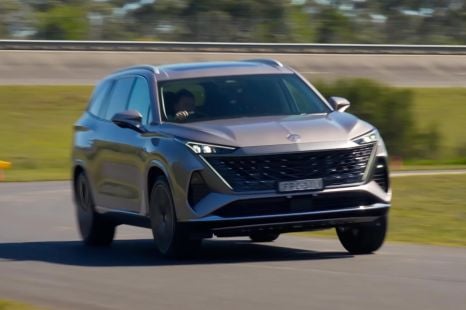

William Stopford
2026 MG QS review
4 Days Ago
Those numbers on the bootlid of your car? They used to have a direct correlation to the size of the engine up front. Today, however, things are more vague.

Contributor
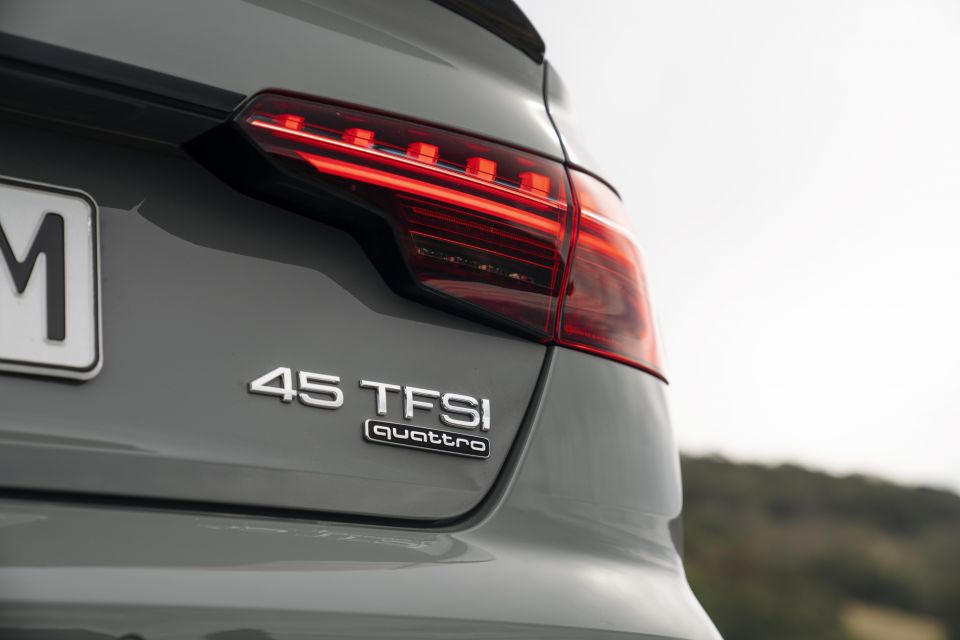

Contributor
Wondering why the BMW 330i doesn’t have a 3.0-litre inline-six engine?
How about the Mercedes-AMG E63 S… why doesn’t it have a 6.3-litre engine?
The answer is both simple and complicated.
Traditionally, carmakers (especially German marques) developed model designations to correspond with engine displacement.
For example, at one point the Mercedes-Benz E350 featured a 3.5L engine, while a BMW 328i featured a 2.8L engine and the power that went with it.

Such direct communication is now largely a thing of the past, with the number on the back of a car often not corresponding with engine capacity.
In some cases the messaging can be inconsistent. In the reimagined Lexus IS the IS350 features a 3.5-litre V6, but the base IS300 retains a 2.0L turbocharged four-cylinder engine rather than a 3.0-litre engine as logic would dictate.

Audi has abandoned traditional naming conventions altogether.
Where it once used simple badging such as 3.0 TFSI to denote a 3.0-litre engine, the brand has now stratified its entire model line-up into ‘power bands’ represented by arbitrary numerals, and the engine technology as a suffix.
For example, 30 TFSI represents petrol engines with a power output between 81 and 96kW, while the 45 TFSI includes engines with a power level between 169 and 185kW.
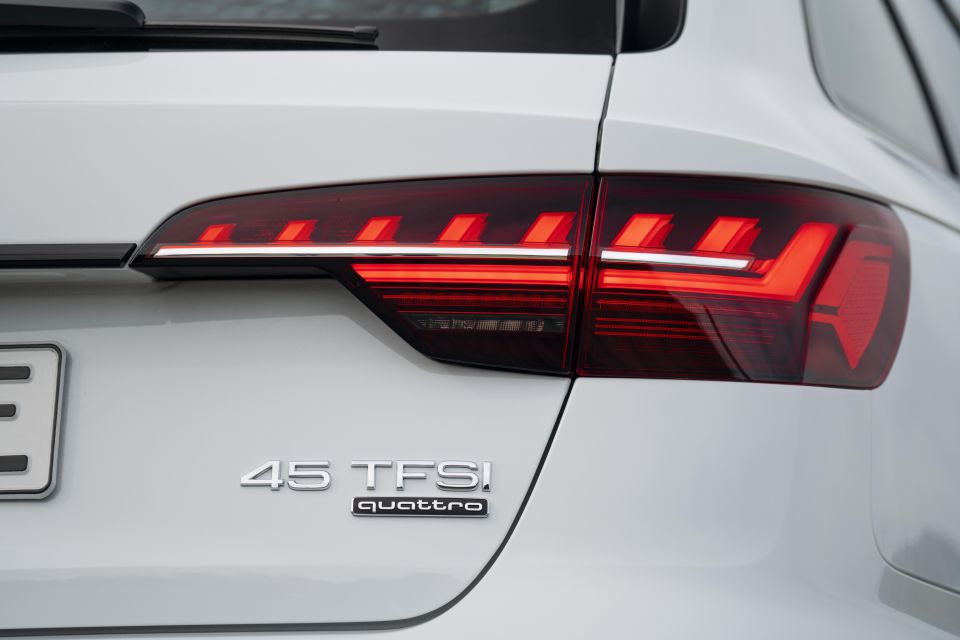
Given all of the above, the best bet is to perhaps take numbers such as 330i and 35 TFSI with a pinch of salt, or treat them as arbitrary.
Higher usually means more power, but the number itself isn’t directly related to anything.
Why have manufacturers deviated from the traditional number-equals-size approach? The primary reason is that there’s far less diversity in the engine line-ups from most brands in 2021.
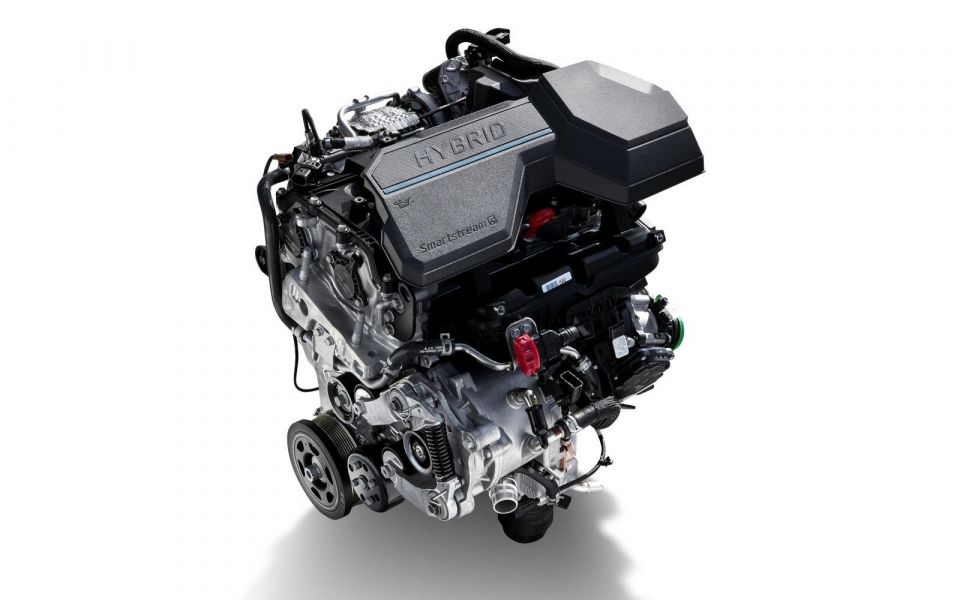
That’s down to financial pressures, as outlined below, but it’s also because there are more ways to extract power from a car or engine than simply upping its size.
The 3.0-litre engine in the 2005 BMW 530i punched out 190kW of power and 300Nm of torque. The 2.0-litre turbocharged unit in the 2021 model has 185kW and 350Nm.
Sure, it’s slightly down on power, but the extra torque – and the fact it’s available lower in the rev range – make the modern car even more capable than its older brother in day-to-day driving.
Of course if BMW stuck with its classic naming structure, the 530i would be badged a 520i – who knows what the 520i, which also has a 2.0-litre engine, would be called.

In today’s age of platform sharing and turbocharging (often between carmakers) it’s cheaper to make one engine in different states of tune than multiple engines with a different displacement to produce different outputs.
Not only does this practice reduce engineering, testing, and other associated vehicle development costs, it makes emissions compliance much easier, with less variability in emissions between engines that are simply in a different state of tune.
Pooling resources to focus development and testing on one engine (for example, the 2.0L EA888 turbo four-cylinder engine used in Volkswagen Group products), allows its costs to be broken down and recouped across a broad spread of cars.
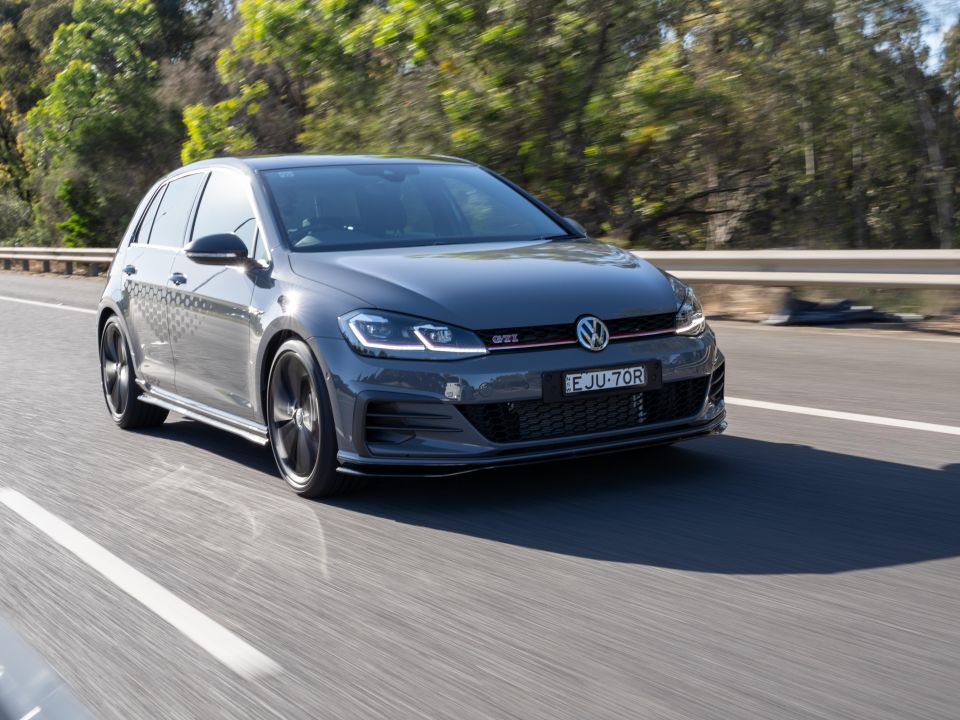
The EA888 four-pot is used in everything from the Volkswagen Golf GTI and Audi S3 to the Tiguan, Passat, Skoda Superb, Seat and Cupra ranges, for example.
There’s no replacement for displacement doesn’t necessarily ring true in 2021.
Although having more cylinders is nice – and some buyers prefer the character of a certain engine layout (for example, an inline-six) – there’s no reason to write off a smaller engine in 2021.
Even commercial vehicles, where reliability is king, are moving toward smaller displacement engines.
Just look at the Ford Ranger 2.0-litre Bi-Turbo, which has the same towing and payload capacity as the 3.2-litre five-cylinder engine it’s expected to fully usurp in the next-generation model.
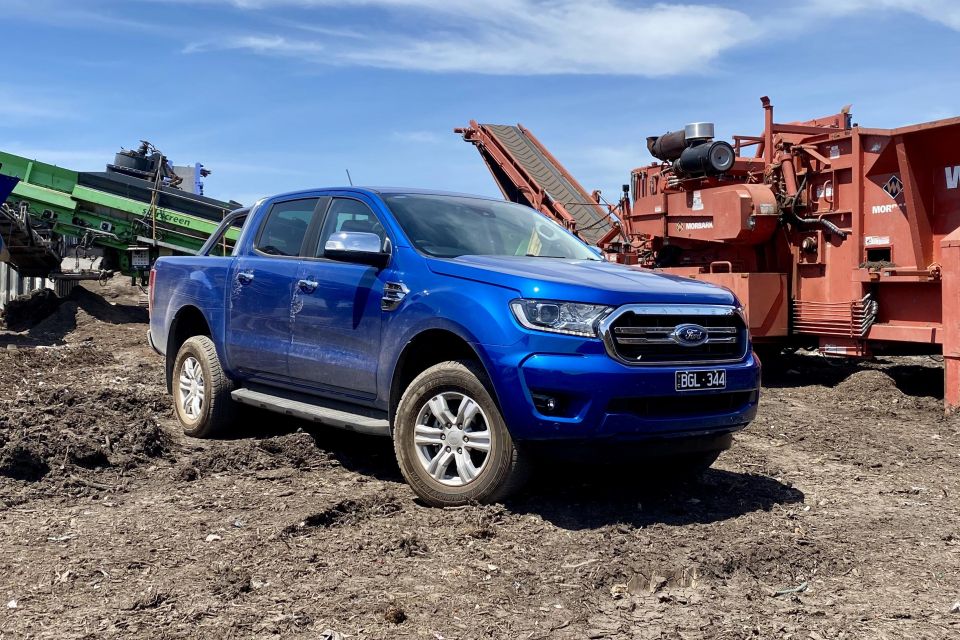
As always, it pays to do your research.
Failing that, bigger numbers are generally better… but not necessarily in the way they used to be.


William Stopford
4 Days Ago
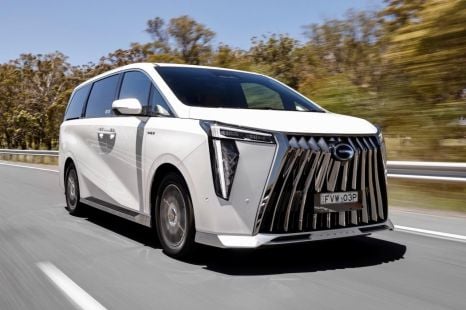

Ben Zachariah
3 Days Ago


Ben Zachariah
1 Day Ago
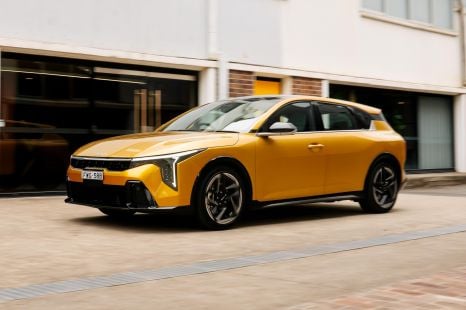

James Wong
8 Hours Ago
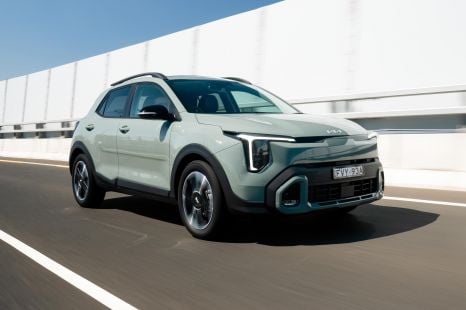

James Wong
8 Hours Ago
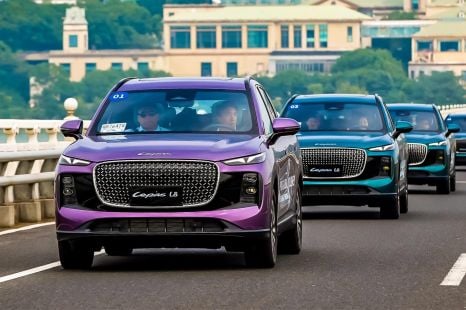

James Wong
1 Hour Ago